Resilient plants are those that can withstand harsh conditions, whether it be extreme weather, pests, or diseases. They’re often hardy and can grow in difficult environments. These plants are suitable for people who have limited time to take care of plants.
So, with these plants, you can reap the benefits of indoor plants without exerting much time and energy.
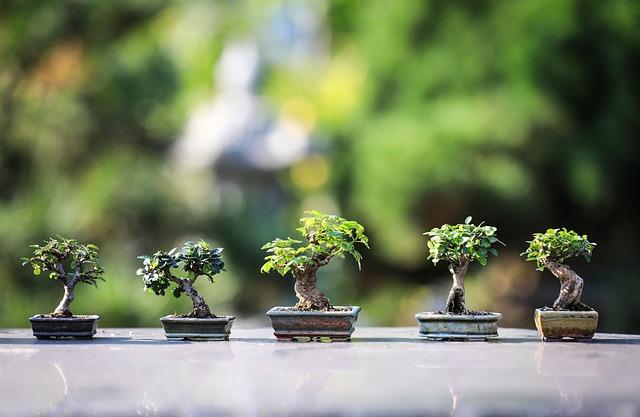
Hence, if you’re looking for plants that will thrive no matter what, look no further. We’ve listed some of the best resilient plants you can get with their benefits, characteristics, and importance.
So, keep reading!
The Benefits Of Resilient Plants
When it comes to plants, being resilient is a good thing. Resilient plants are those that can withstand harsh conditions, such as extreme temperatures, drought, and poor soil.
There are many benefits to growing resilient plants.
- They are often more tolerant of pests and diseases. That is, you won’t have to use as many pesticides and herbicides, which can be harmful to the environment.
- Resilient plants can also help you save water. Because they can withstand dry conditions, they don’t need to be watered as often as other plants. This can be a big help if you live in an area with water shortages.
- Finally, resilient plants are often very beautiful. They can add color and interest to your garden, even in tough conditions.
The Importance Of Resilient Plants
There are several importance of resilient plants and they include:
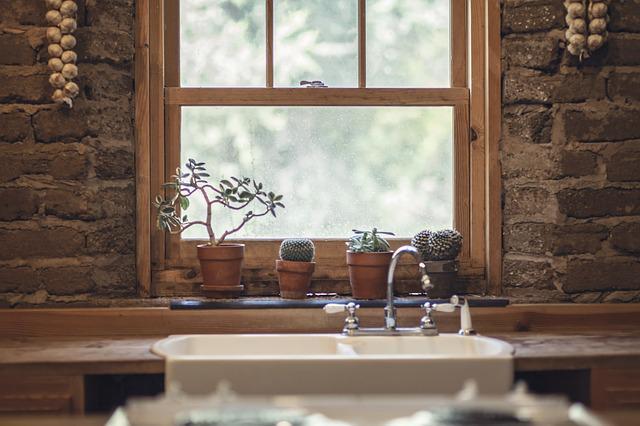
- First of all, they’re more likely to survive in extreme conditions. This means that they can be grown in areas where other plants would not survive, such as in very hot or cold climates.
- Resilient plants help to stabilize the soil. This is because their roots go deep into the ground, which helps to hold the soil in place. This feature is important in areas where there is a risk of soil erosion, such as on slopes or in areas of high rainfall.
- Resilient plants are important because they provide food and shelter for wildlife. This is because they’re often the only plants that can survive in certain conditions, e.g dry or cold climates. That is, they provide a vital source of food and shelter for animals that live in these conditions.
The Characteristics Of Resilient Plants
Plants are amazing organisms that have adapted to survive in a wide range of environments. Some plants can survive in extremely hot or cold temperatures, while others can tolerate long periods of drought.
There are a number of characteristics that make a plant resilient.
- Ability to store water. Many desert plants have deep roots that allow them to access water that other plants cannot reach. Some plants, such as cacti, have thick, fleshy leaves that store water.
- Ability to tolerate poor soil conditions. Some plants have long taproots that help them reach deep into the ground to access nutrients. Others, such as succulents, have adapted to grow in rocky soil with very little organic matter.
- Some plants are able to tolerate high levels of salt or other toxins in the soil. This is known as halophyte adaptation. Plants that can tolerate salt typically have specialized cells that prevent the salt from damaging their leaves.
- Many resilient plants have thick, waxy leaves that protect them from the sun and help to prevent water loss. Others, such as some species of moss, can grow in shady, damp conditions where other plants would not survive.
- Resilient plants are often hardy, meaning they can withstand harsh conditions such as strong winds or heavy rainfall. They may have thick bark that protects them from damage, or they may be able to regrow quickly if they are damaged.
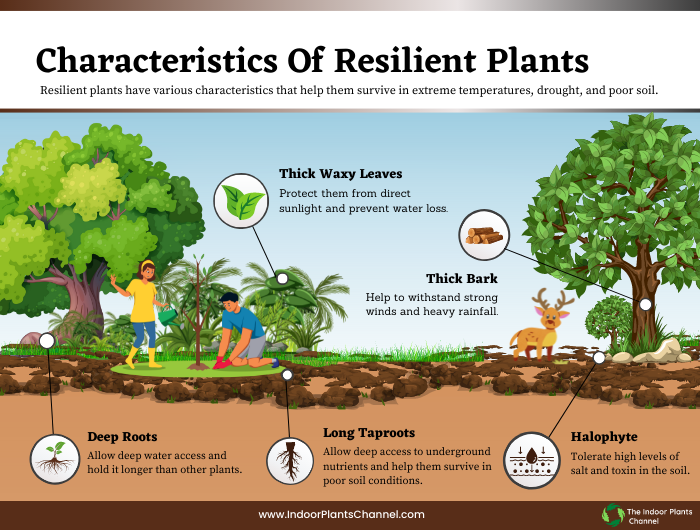
The Best Resilient Plants For Your Home
There are a lot of factors to consider when choosing plants for your home. But one of the most important is their resilience which is how well a plant can withstand stress and adversity.
Here are ten of the most resilient plants that are perfect for the home environment:
1. Cacti
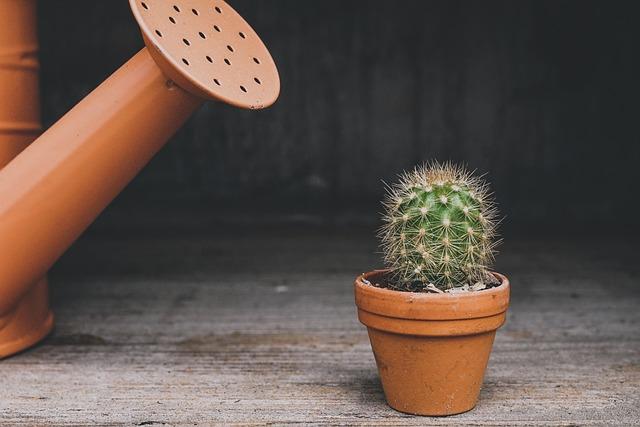
Cacti are native to the Americas and are adapted to dry, arid conditions. They are often used as ornamental plants, and can even be used as food. It can grow in very dry conditions and does not need much water to survive.
2. Aloe Vera
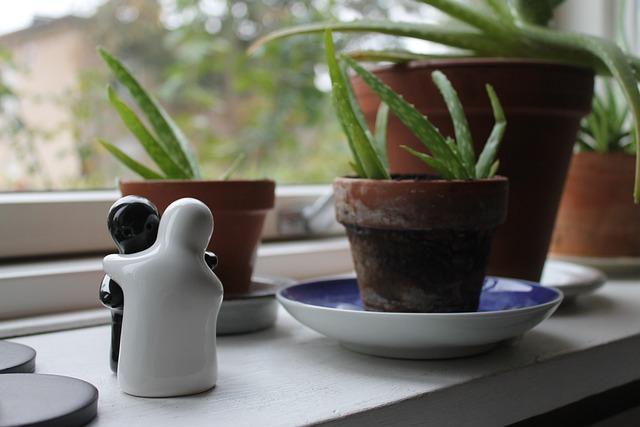
Aloe Vera is a succulent plant and is native to Africa. It is often used for its medicinal properties and can be used to treat burns and cuts. It can also grow in very dry conditions and is often used as a natural remedy for other skin conditions.
3. Eucalyptus
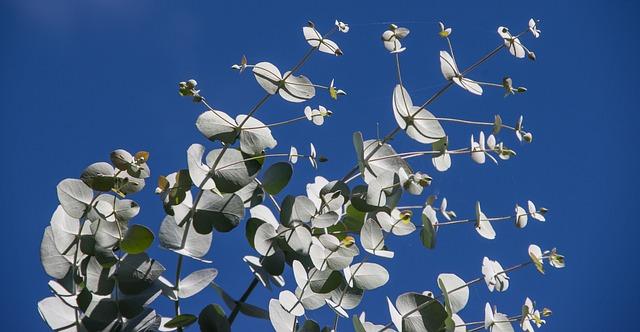
Eucalyptus is a tree that is native to Australia. It is a fast-growing tree and is often used for timber. The plant is quite resilient and might suit your taste.
4. Ficus
Ficus is a genus of plants that includes both trees and shrubs. They are native to tropical and subtropical regions and are often used as ornamental plants.
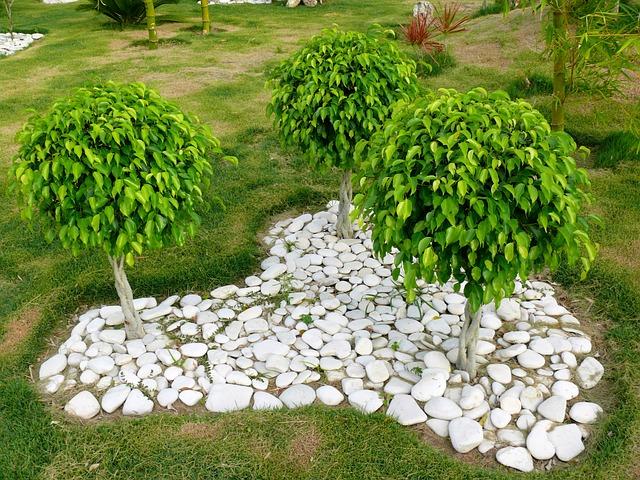
Ficus is a type of tropical tree that is often used as a houseplant. They prefer bright, indirect light but can tolerate low light. They should be watered when the soil is dry to the touch.
5. Bamboo

Bamboo is a fast-growing grass that is native to Asia. It is often used for construction, as it is a strong and durable material. It can also grow in a variety of climates and soil types.
6. Palm Trees

Palm trees are native to tropical and subtropical regions. They are often used as ornamental plants, and their fruits are a source of food.
7. Oaks

Oaks are a type of tree that is native to the Northern Hemisphere. They are often used for timber, and their leaves are used in the production of oak leaves.
8. Pine Trees
Pine trees are native to the Northern Hemisphere. They are a source of timber, and their needles are used in the production of pine needles.

They can also grow in a variety of climates and soil types. Pine is a very popular tree, which is often used for decorative purposes.
9. Fir Trees

Fir trees are native to the Northern Hemisphere. They are a source of timber, and their cones are used in the production of fir cones.
10. Spruce Trees
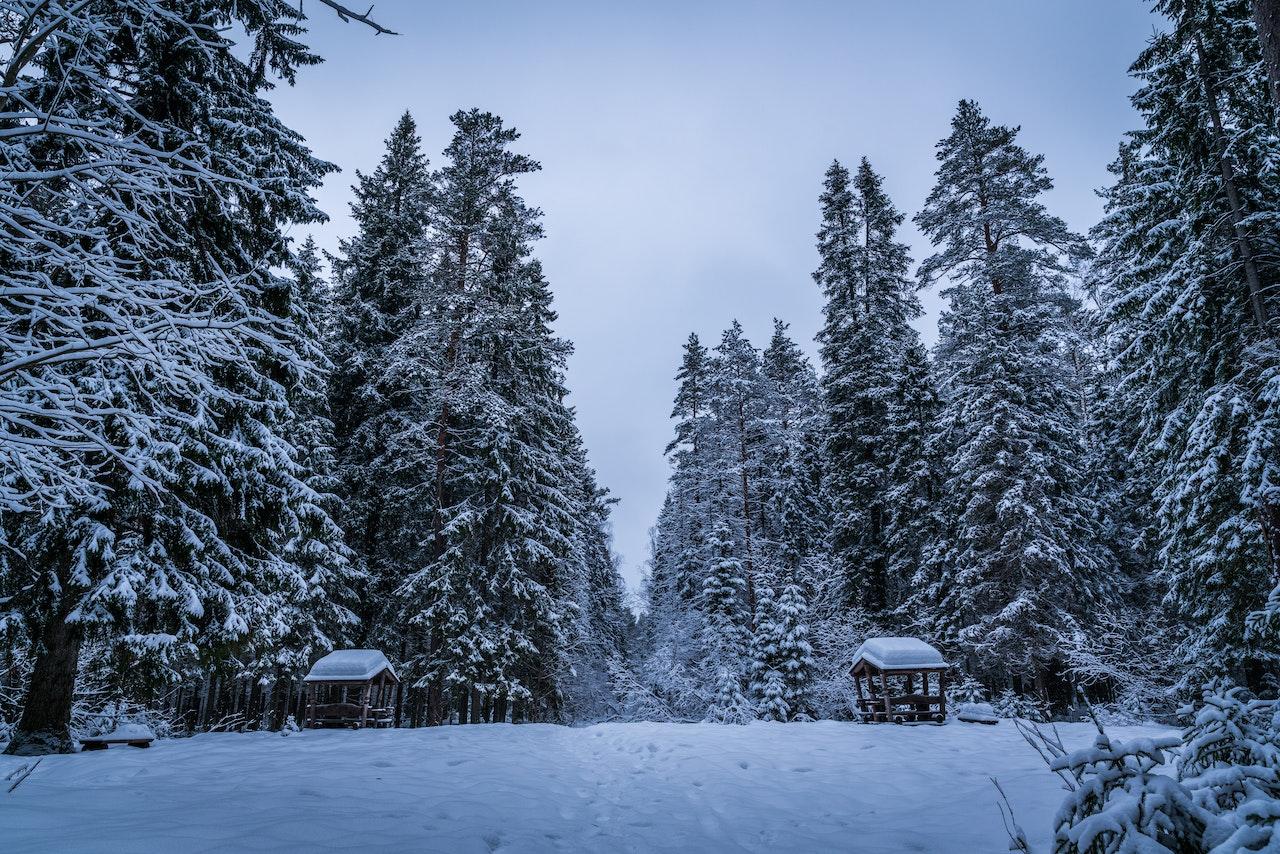
Credit: Pexels
Spruce trees are native to the Northern Hemisphere. They are a source of timber, and their needles are used in the production of spruce needles.
How To Grow Resilient Plants
To grow resilient plants, you need to start with strong, healthy plants.
- Make sure to choose plants that are appropriate for your climate and soil type.
- Once you have your plants, you need to care for them properly.
- Water them regularly and fertilize them as needed.
- Always protect them from pests and diseases. And with proper care, your resilient plants will thrive.
How To Care For Resilient Plants
It is important to care for all plants, especially resilient ones. Resilient plants are often those that can withstand difficult conditions or bounce back quickly from setbacks.

Here are some tips for how to care for resilient plants:
- Give them enough space. Resilient plants often have deep roots, so they need plenty of room to grow. Be sure to plant them in an area that is big enough for their needs.
- Provide them with the right conditions. Resilient plants can tolerate a wide range of conditions, but they still need the basics like sunlight, water, and nutrients. Make sure they have what they need to thrive.
- Resist the urge to overwater. Many resilient plants are drought-tolerant, so they don’t need a lot of water. In fact, too much water can be harmful. Only water them when they need it, and let the soil dry out in between watering.
- Pruning is often helpful. Resilient plants can sometimes get out of control, so pruning them back can help to keep them under control. This is especially true for plants that produce a lot of seeds.
- Be patient. Resilient plants often take longer to establish themselves than other plants. They may not grow as quickly or produce as much fruit, but they will eventually reach their full potential.
Bonus Tips
- Create a terrarium with your most resilient plants in nature.
- Use your most resilient plants in nature to create a natural air purifier in your home.
- Choose a plant that is native to your area. Plants that are native to your area will be more likely to thrive indoors because they are accustomed to the climate and conditions.
Conclusion
In conclusion, these are ten of the most resilient plants in the world. They have all adapted to survive in harsh conditions and continue to thrive.
These plants are a reminder that no matter what life throws our way, we can always find a way to overcome it and keep moving forward. They have many features that make them adapt to harsh conditions. You can check out the details in the post above.
Michelle Wilde
Related posts
![]()
About Michelle Wilde
Michelle Wilde is a stay-at-home mom and avid plant lover. Armed with a post-graduate degree in Computer Science (no kidding!), she loves researching plants and landscapes. When she is not caring for her 4 kids, she spends time on her passion for plants. She blogs at www.indoorplantschannel.com, the trusted source for indoor plants.
Learn more
Subscribe
* You will receive the latest posts and updates about indoor plants!
Search
Recent Posts
Categories
- FAQ (218)
- General (1)
- How-To Guides (220)
- Indoor Plants (220)